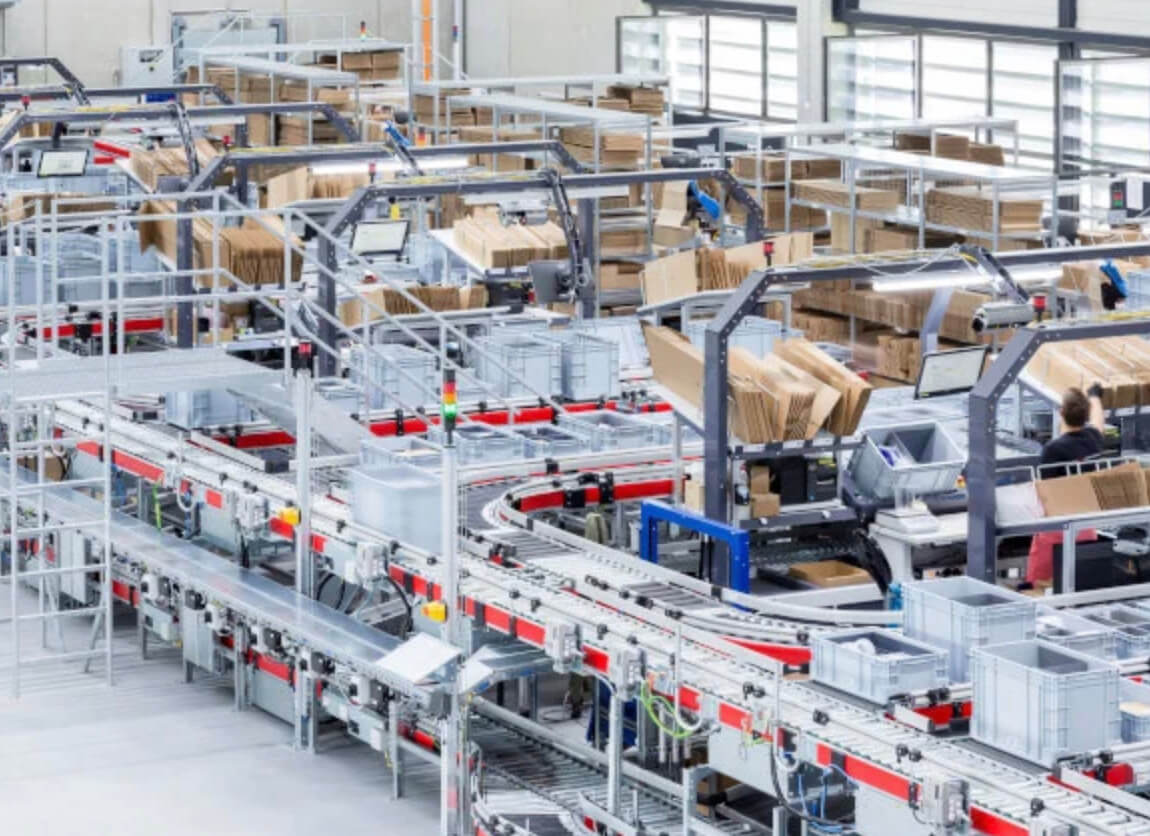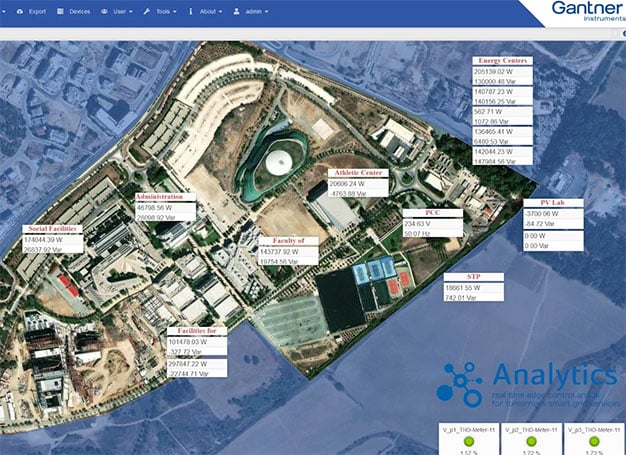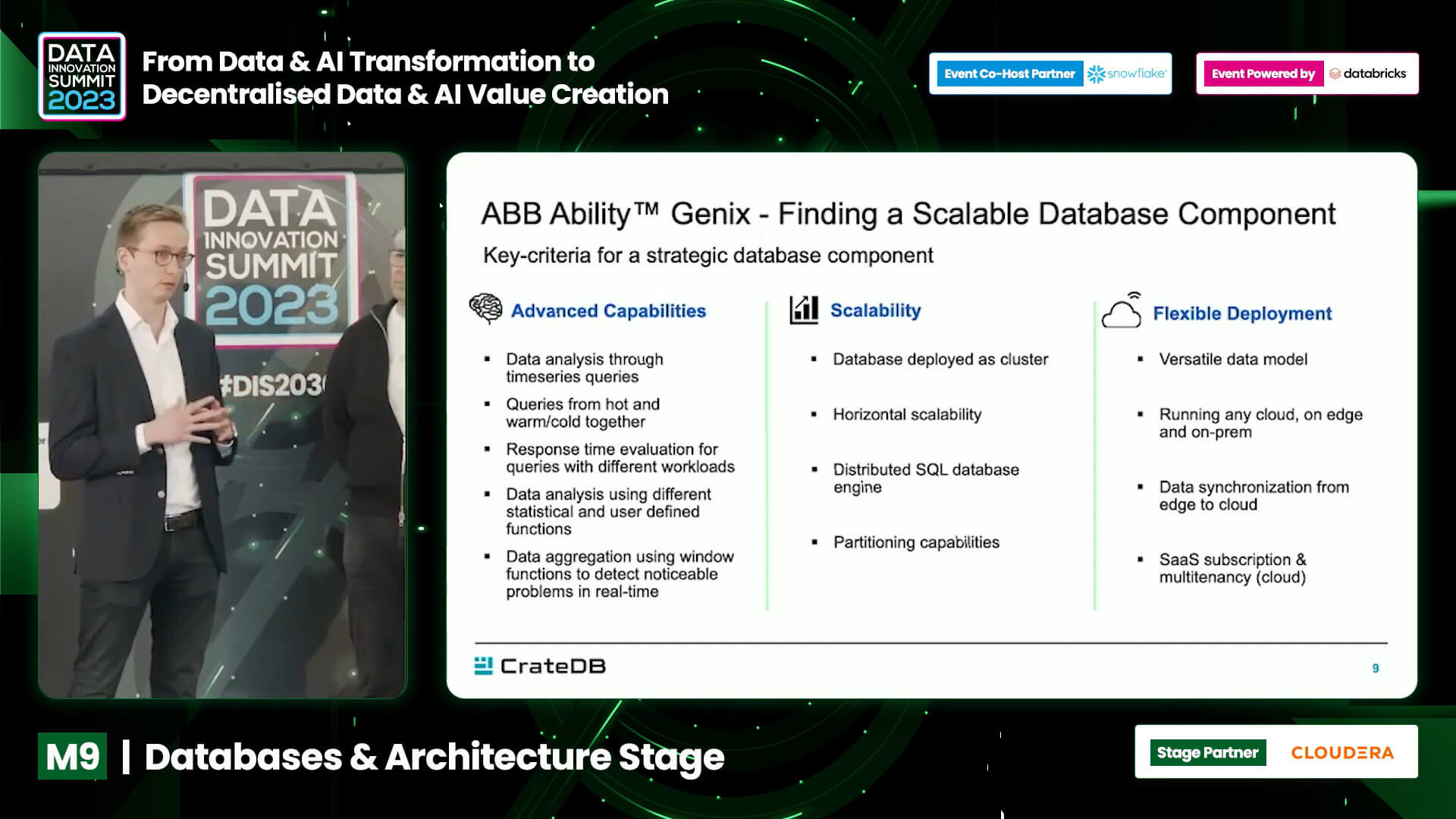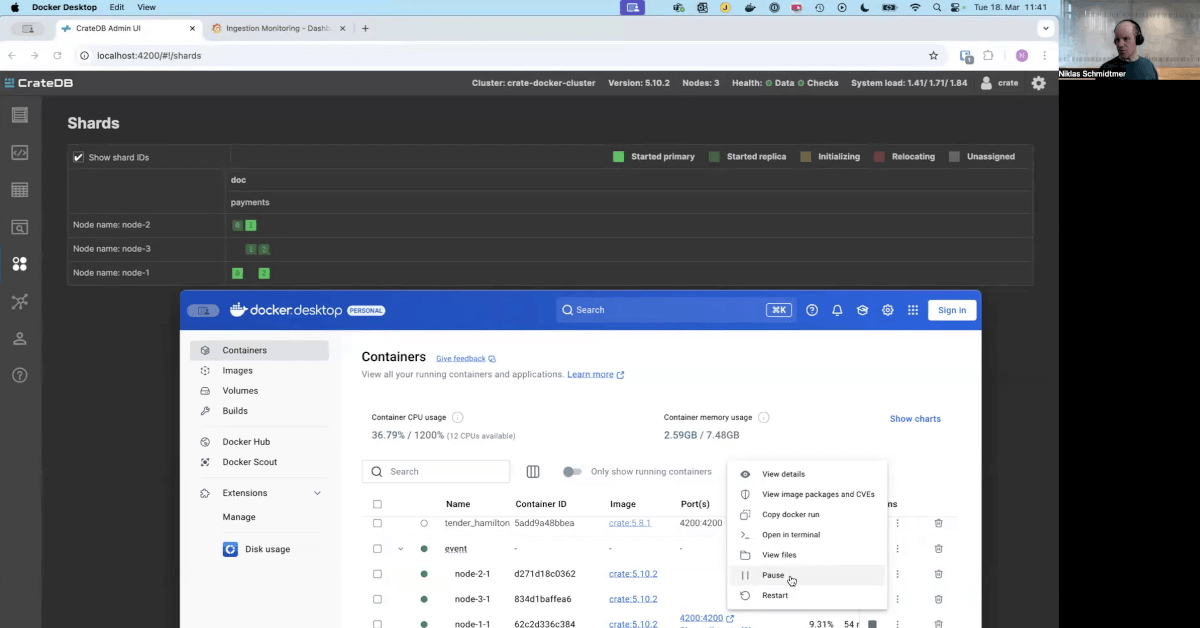Streaming Analytics
CrateDB turns vast volumes of streaming data into real-time insights. With its scalable ingestion engine and automatic indexing, CrateDB enables sub-second analytics, allowing businesses to monitor, analyze, and act on streaming data instantly, resulting in early anomaly detection, higher operational efficiency, and lower costs.
When Data Outgrows Your Database
Modern businesses generate and stream massive amounts of real-time data, from connected devices, sensors, machines, vehicles, applications, and infrastructure logs. Traditional databases and warehouses struggle to keep up with this continuous inflow of events:
- Time lag: Data must often be pre-aggregated or batch-processed, delaying insights.
- Scale limits: Billions of events overwhelm OLTP databases like Postgres or MongoDB.
- High cost: Running high-volume queries at scale on warehouses (Snowflake, BigQuery) becomes prohibitively expensive. Moreover, they’re not built for true real-time analytics in the sense of continuous, low-latency ingestion and instant querying on fresh data streams.
As a result, organizations can’t detect anomalies fast enough, miss opportunities to optimize operations, and struggle to feed real-time dashboards or AI models.

Turning Streaming Data Into Insights
CrateDB is designed to handle massive streaming workloads and deliver real-time insights at scale:
-
High-volume ingestion: Process data from Kafka, MQTT, CDC streams, and logs with ease.
-
Sub-second queries: Analyze billions of rows instantly, no pre-aggregation required.
-
Multi-model support: Time-series, relational, JSON, geospatial, text, and vector data all in one database.
-
Live data enrichment: Combine streaming data with other sources on the fly.
-
SQL-native & PostgreSQL wire protocol compatible: Integrate seamlessly with BI tools and applications.
-
Effortless scalability: Grow horizontally on commodity hardware or in the cloud.
-
Flexible schema: Adapt your data model as new data arrives.
-
Automatic indexing: Store complex objects before knowing how you’ll query them.

From Insights to Impact
Turn streaming data into real-time action with CrateDB:
-
See it instantly: Monitor equipment, fleets, grids, or user activity as it happens.
-
Act proactively: Spot anomalies and trigger alerts immediately.
-
Cut costs: Replace multiple specialized systems with one unified platform.
-
Future-proof your data: Feed AI models directly, no complex ETL needed.

Sensor data queries with SQL
Hyper-fast. Results in milliseconds.
/* Based on IoT devices reports, this query returns the voltage variation over time
for a given meter_id */
WITH avg_voltage_all AS (
SELECT meter_id,
avg("Voltage") AS avg_voltage,
date_bin('1 hour'::INTERVAL, ts, 0) AS time
FROM iot.power_consumption
WHERE meter_id = '840072572S'
GROUP BY 1, 3
ORDER BY 3
)
SELECT time,
(avg_voltage - lag(avg_voltage) over (PARTITION BY meter_id ORDER BY time)) AS var_voltage
FROM avg_voltage_all
LIMIT 10;
+---------------+-----------------------+
| time | var_voltage |
+---------------+-----------------------+
| 1166338800000 | NULL |
| 1166479200000 | -2.30999755859375 |
| 1166529600000 | 4.17999267578125 |
| 1166576400000 | -0.3699951171875 |
| 1166734800000 | -3.7100067138671875 |
| 1166785200000 | -1.5399932861328125 |
| 1166893200000 | -3.839996337890625 |
| 1166997600000 | 9.25 |
| 1167044400000 | 0.4499969482421875 |
| 1167174000000 | 3.220001220703125 |
+---------------+-----------------------+
/* Based on IoT devices reports, this query returns the voltage corresponding to
the maximum global active power for each meter_id */
SELECT meter_id,
max_by("Voltage", "Global_active_power") AS voltage_max_global_power
FROM iot.power_consumption
GROUP BY 1
ORDER BY 2 DESC
LIMIT 10;
+------------+--------------------------+
| meter_id | voltage_max_global_power |
+------------+--------------------------+
| 840070437W | 246.77 |
| 840073628P | 246.69 |
| 840074265G | 246.54 |
| 840070238E | 246.35 |
| 840070335K | 246.34 |
| 840075190M | 245.15 |
| 840072876X | 244.81 |
| 840070636M | 242.98 |
| 84007B113A | 242.93 |
| 840073250D | 242.28 |
+------------+--------------------------+
Want to know more?
User stories

"It is through the use of CrateDB that we are able to offer our large-scale video analytics component in the first place. Comparable products are either not capable of handling the large flood of data or they are simply too expensive."
Daniel Hölbling-Inzko
Senior Director of Engineering - Analytics
Bitmovin


ABB's OPTIMAX® Cloud for Smart Charging is a state-of-the-art power management system designed for EV charging stations and heavy vehicle depots in the logistics and bus industries. It provides smart load management for ABB and non ABB EV chargers, and integrates with external assets like battery storages, PV systems, and interfaces to grid operators’ systems.
"CrateDB is a critical piece of our OPTIMAX® Cloud platform. Its ability to handle vast amounts of time-series data from diverse sources, while delivering real-time insights, has allowed us to scale our operations seamlessly. With CrateDB, we’ve empowered our customers with smarter energy management, reduced costs, and supported a more sustainable future."
Christian Kohlmeyer
Product Owner Mobility & Sites
ABB


Using CrateDB, TGW accelerates data aggregation and access from warehouse systems worldwide, resulting in increased database performance. The system can handle over 100,000 messages every few seconds.
"CrateDB is a highly scalable database for time series and event data with a very fast query engine using standard SQL".
Alexander Mann
Owner Connected Warehouse Architecture
TGW Logistics Group


"With CrateDB, we can continue designing products that add value to our customers. We will continue to rely on CrateDB when we need a database that offers great scalability, reliability and speed."
Nixon Monge Calle
Head of IT Development and Projects
SPGo! Business Intelligence


"CrateDB is the only database that gives us the speed, scalability and ease of use to collect and aggregate measurements from hundreds of thousands of industrial sensors for real-time visibility into power, temperature, pressure, speed and torque."
Jürgen Sutterlüti
Vice President, Energy Segment and Marketing at Gantner Instruments.

Additional resources
FAQ
Streaming analytics refers to real-time processing and analysis of data as it flows in (e.g. from sensors, logs, events). It allows organizations to detect anomalies, trigger actions, and make decisions immediately, rather than relying on batch processing that introduces latency.
CrateDB is engineered for scalable ingestion from sources such as Kafka, MQTT, CDC streams, and logs. It features automatic indexing and distributed architecture that let it scale horizontally and sustain large throughput while serving sub-second queries.
Yes, CrateDB supports native SQL. You can query streaming and time-series data using familiar SQL semantics (aggregations, windowing, joins) without needing to learn a proprietary query language.
CrateDB supports flexible schemas, allowing you to ingest semi-structured data (e.g. JSON fields) and evolve your schema over time. This makes it easier to adapt as new sources and fields emerge.
It’s particularly effective in scenarios such as IoT (sensor monitoring), log and event analytics, anomaly detection, fleet/transport monitoring, real-time dashboards, AI/ML feature pipelines, and any system requiring near-instant insight from high-volume continuous data.
IoT data is stored in databases designed to handle large-scale, real-time data. Smart partitioning strategies are key to manage multiple periods of time efficiently. Depending on the specific application and requirements, these databases can be on-premises, cloud-based, or edge-based. CrateDB is highly flexible and can be deployed on private or public cloud, on-premises, or edge to meet your organization's unique needs. It also supports hybrid scenarios out of the box.
An IoT database architecture typically includes several key components: IoT devices that generate data, a network for transmitting this data, a storage system for data accumulation, and an analytics component for data processing. The architecture is designed to manage data flow from devices to storage and ultimately to analysis platforms, ensuring timely and accurate insights. CrateDB addresses these needs by providing easy and seamless integration with popular IoT stack software such as Kafka, Grafana, and Node-RED, leveraging native SQL and the PostgreSQL Wire Protocol.








